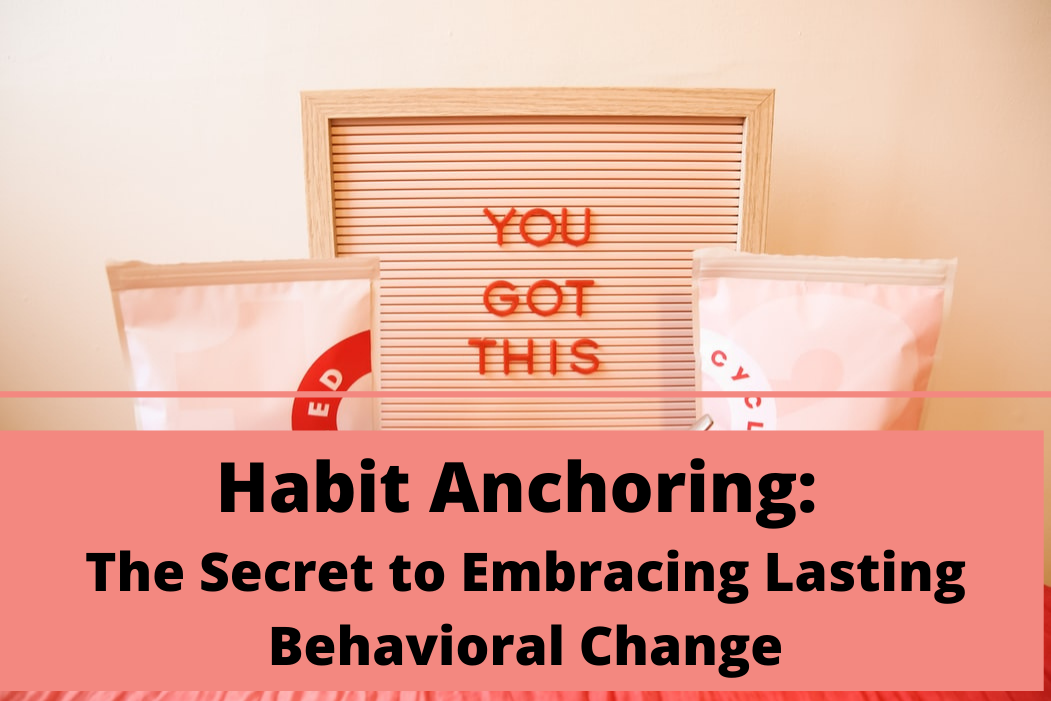The concept in Tiny Habits that will help you build any new habit
While building a new habit or behavior, most people fail because they either aim too high and plan to make huge changes in a single day, or because they are so harsh on themselves for not sticking to their goals, that they drown in negativity and are unable to take back control over their aspirations.
That’s where tiny habits come in. Proposed by BJ Fogg of Stanford University, a tiny habit is described as:
- A behavior you do at least once a day
- A behavior that takes you less than 30 seconds
- A behavior that requires little effort.
Fogg has designed the B=MAP model of behavior change that states behavior is the result of motivation, ability, and prompts taken at the same time. This is a simple formula that can lead to incredible results. In other words, a behavior is a result of:
- Motivation, or your desire to execute the behavior.
- Ability, i.e. your capacity to execute the behavior.
- Prompt, or your cue to execute the behavior.
The secret sauce: Anchorage
The key to establishing any habit firmly into your life is by anchoring it with an existing habit. As BJ Fogg establishes, motivation is not reliable. If you are planning to build a new habit, you are of course motivated to achieve your goals. But motivation doesn’t last.
Either you don’t achieve your goal because it’s too hard or you forgot. And the secret way to avoid that is to tie your motivation with a prompt or trigger.
The anchor habit can be your trigger.
Any existing habit is the prompt or cue. These anchors are things you do every day, no matter what. These include things that you don’t even think about doing, like eating food, brushing your teeth, taking a shower, etc.
Here are some examples of tiny habits, combined with existing behaviors:
- “After I brush my teeth, I will wash my face.”
- “After I pour my morning coffee, I will make breakfast.”
- “After I start the dishwasher, I will do one sit-up.”
- “After I walk in my door from work, I will roll out my Yoga mat.”
- “After I sit down on the train on the way to work, I will open my book and start to read.”
- “After I put my head on the pillow, I will think of one good thing from my day.”
According to Fogg, it’s important to combine the new tiny habit with a previously established habit so you’ll remember to do it every time. This will make your journey of adopting the tiny habit easier and minimize the need for constant reflection.
So, what are you waiting for? Find a life coach from the world’s best coaching directory to unlock the next level in your life today!
